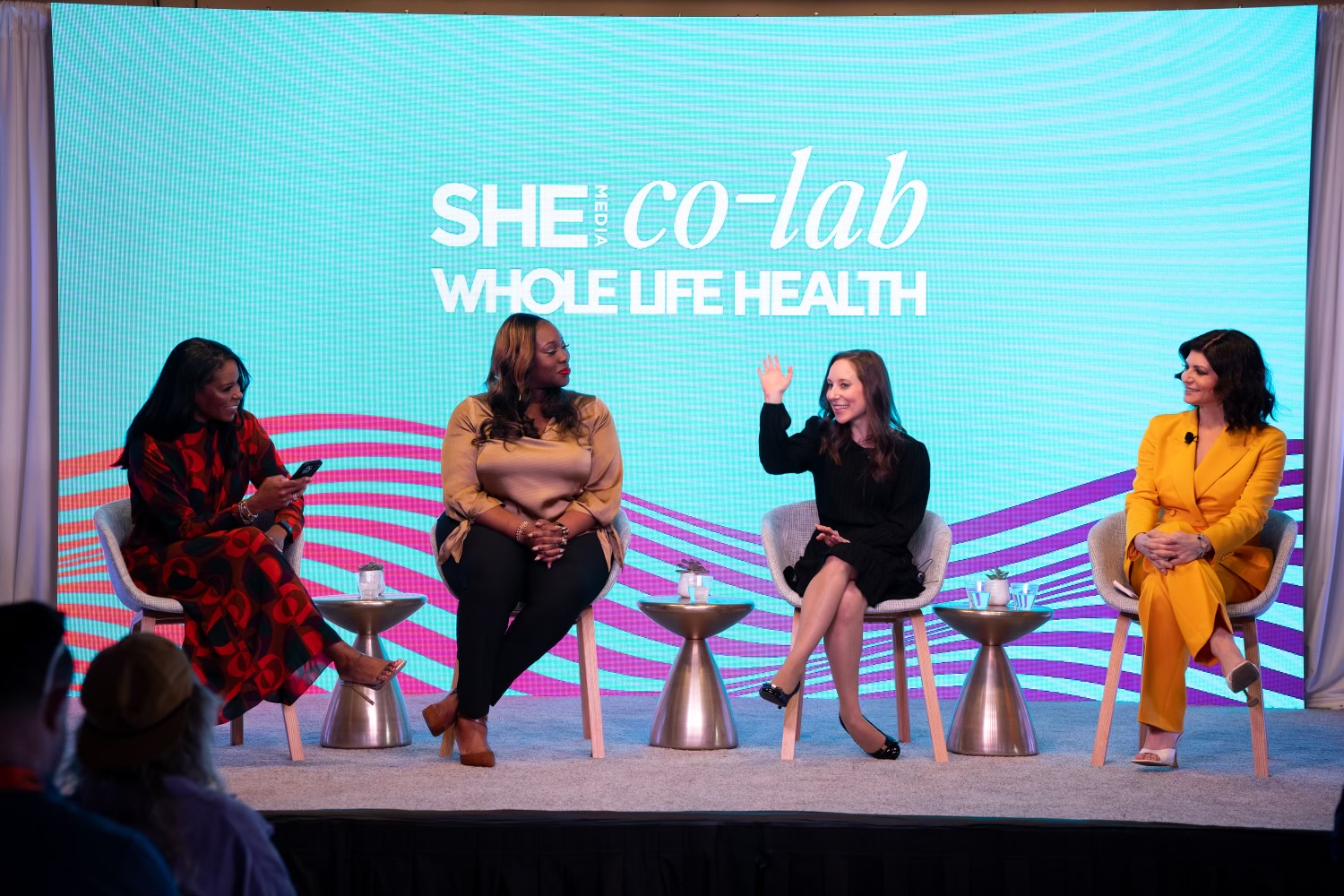Shared decision-making: A true patient-centric approach to care

Monia Vial, Senior Vice President, Franchise Head, Rare Disease Business Unit at Ipsen reflects on a conversation with Courageous Parents Network to educate Ipsen colleagues about shared decision-making and potential positive impacts when we better understand how patients, their care advocates and healthcare providers communicate.
Over the last few decades shared decision-making has become an important paradigm shift in healthcare. The concept, coined back in 1982 by the Presidential Commission, was established to foster collaboration between patients and healthcare providers with the purpose of ensuring patients and their families remain at the forefront of their healthcare decisions. True shared decision-making requires a relationship where a patient and their care advocates have a comprehensive understanding of their condition, treatment options, and potential outcomes, while the healthcare providers understand the patient’s preferences, lifestyle considerations and values. As a result, well-informed patients are empowered to have a degree of control in their care experience. Despite the recommendation by the Commission, shared decision-making isn’t always common practice.
I had the opportunity, along with several of my Ipsen colleagues, to explore the complexities of shared decision-making with Jennifer Siedman, Director of Community Engagement at Courageous Parents Network (CPN). Courageous Parents Network is a non-profit organization dedicated to providing resources to parents caring for children with serious medical conditions. In the incredible dialogue, two key factors stood out to me as areas that require our full attention – how we help address decision-making fatigue and understanding the full experience of the patient.
Navigating Decision-Making Fatigue
There is always a level of uncertainty expected with any decision, especially with complex and chronic conditions. The diagnostic odyssey associated with an accurate diagnosis for a rare disease can bring a myriad of new obstacles or outcomes that differ from patient to patient. After a diagnosis, patients and families may struggle to understand the potential outcomes and their choices around how to manage their care. Furthermore, the chronic nature of a rare disease might mean that healthcare providers have difficulty accurately predicting disease progression and response to treatment, further complicating decision-making.
With uncertainty and all the decisions that come with it, fatigue often sets in. Whether a difficult decision or a simple one – an example Jennifer used was “want me to bring you dinner?” – decisions can be daunting. How a care team and support system is able to step in can make a huge difference. Put simply, we must all do our part to reframe questions into statements that provide an out – such as “I plan to bring you spaghetti on Thursday.” Put in a more complex way, we need to consider this in the way we design clinical trials, how we educate about side effects of medicines and anticipating how decisions might align with certain lifestyles, preferences, values and outcome goals.
Understanding the Experience of the Patient and Their Family
In order to anticipate lifestyles, preferences, values and outcome goals, we truly need to understand the experience of the patient over the course of their lives – pre-diagnosis, the journey to a diagnosis and everything afterward that both themselves and their families experienced. Were they dismissed by a doctor? Did they get sent to multiple specialists before an answer? Did the information available leave them without appropriate expectations?
By mapping the full experience of the patient and their family, we can better understand the nuances and anticipate the decisions along the way to better foster an environment of shared decision-making. A metaphor Jennifer used describes shared decision-making as a “driver and passenger”- patients and their caregivers in the “driver” position and HCPs should steer away from instances where a patient may feel like a passenger “along for the ride.” By equipping the “driver” with a thorough understanding of the route and seeking agreement on the desired destination, a healthcare professional can become a trusted partner. Others in the healthcare ecosystem, including pharmaceutical companies, advocacy organizations, policymakers and others, can offer a “seat belt” for the driver with educational materials, clear information about medicines, research funding and other important aspects to provide security.
Decision-making is distinctly between the patient, their care advocates and healthcare providers. However, there is a role for our broader healthcare ecosystem to create an environment where this collaborative approach can flourish. Screening efforts or access to preventive care can provide answers earlier or avoid long diagnostic journeys. Educational resources and support from patient advocacy organizations along with the ability to seek a second opinion can mean more credible information is available for decision-making to occur. Clinical trials and research, availability of multiple treatment options and robust guidelines or management protocols can play a role in providing more options to accommodate lifestyle considerations, preferences, and values.
At Ipsen, we believe in the power of choices being made jointly with patients, their care advocates and their healthcare provider teams to ultimately keep the patient and their family at the forefront of their healthcare journeys. We recognize that progress needs to be made to allow for continuous self-advocacy by patients and their families. We also need to better understand how complex the decision-making process may be at times. We are committed to doing our part by understanding the full patient experience and providing comprehensive information about the risks and benefits of our medicines.
ALLSC-US-001216. February 2024











